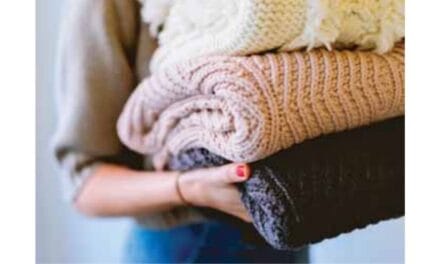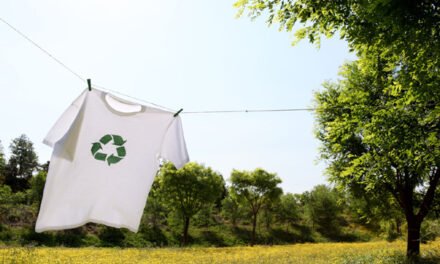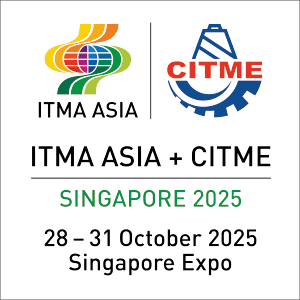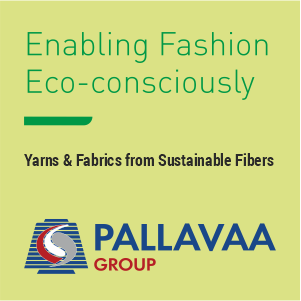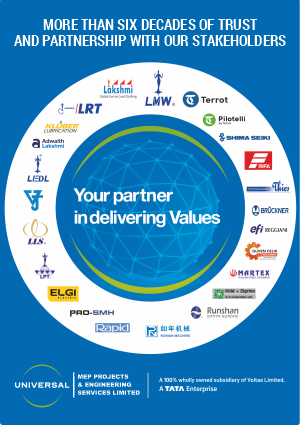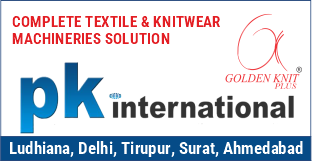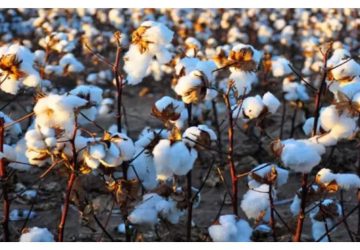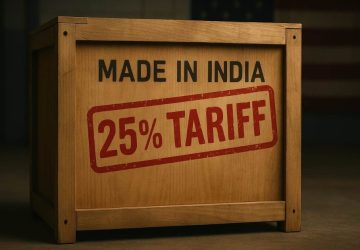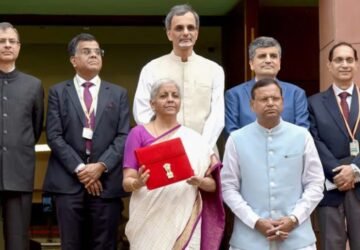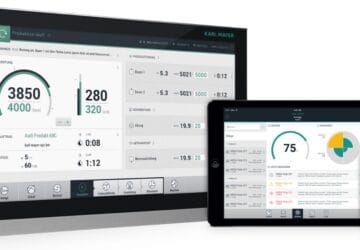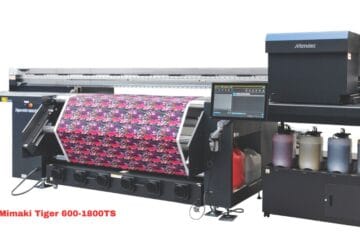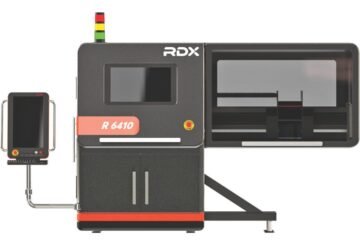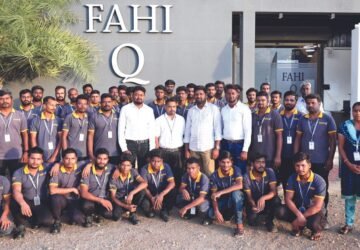
Market Size Overview of Lyocell Fiber
The global lyocell fiber market is poised for significant growth in the coming years, reflecting its increasing demand across various industries. In 2022, the market was valued at USD 1.3 billion, highlighting its solid foundation in the global textile and apparel sectors. With a projected compound annual growth rate (CAGR) of 10.20%, the market is expected to reach an impressive valuation of USD 3.43 billion by 2032.
This substantial growth is driven by the rising adoption of lyocell fiber in applications such as clothing, home textiles, and industrial products, owing to its sustainability, biodegradability, and exceptional performance characteristics. As the industry continues to expand, lyocell fiber is expected to play a crucial role in meeting the global demand for eco-friendly and high quality textile materials.
Lyocell Fiber Market Drivers
Increasing Demand for Sustainable and Eco-Friendly Textiles?
The rising awareness of environmental sustainability among consumers and industries is driving the demand for lyocell fiber. Made from cellulose derived from wood pulp, lyocell fiber is biodegradable and produced using eco-friendly processes, including a closed-loop system that minimizes water and chemical waste. Companies like Lenzing AG have developed advanced production technologies, such as their TENCEL™ Lyocell fibers, which recycle more than 99% of the solvent and water used. Birla Cellulose’s Pulp and Fiber Innovation Center has introduced the Nullarbor fiber, which is finer than silk and significantly stronger than traditional lyocell. Additionally, Lenzing sources wood from certified sustainable forests and plans to increase their lyocell fiber production capacity to over 100,000 tons per year by 2025. These advancements highlight the commitment of leading companies to innovate and improve the sustainability of lyocell fiber production, making it a preferred choice for environmentally conscious brands and consumers.
Expanding Applications in Apparel and Home Textiles?
Lyocell fiber is increasingly adopted in various applications due to its superior qualities, such as high tensile strength, moisture management, breathability, and softness. In the apparel segment, it is widely used in activewear, casual wear, and intimate wear. Its hypoallergenic and skin-friendly properties make it ideal for sensitive skin, further boosting its popularity in clothing. Additionally, the growing demand for luxurious yet sustainable home textiles, including bed linens, curtains, and upholstery, is driving the adoption of lyocell fiber in the home décor industry.
Growing Demand in the Healthcare and Hygiene Sectors
The healthcare and hygiene sectors are increasingly utilizing lyocell fiber, particularly from Lenzing, due to its biodegradable nature and suitability for single-use products. In 2023, Lenzing introduced LENZING™ Lyocell Dry, a hydrophobic fiber that enhances moisture management in hygiene applications, allowing for innovative product solutions previously achievable only with plastic fibers. This fiber can degrade in marine environments within 30 days, as confirmed by research from the Scripps Institution of Oceanography, contrasting sharply with synthetic alternatives that remain unchanged for over 200 days. Furthermore, Lenzing’s commitment to sustainability is evident in its closed-loop production process, which recycles over 99% of the solvent used, N-methylmorpholine-N-oxide (NMMO), significantly reducing environmental impact. The company also reported a 30% lower carbon footprint for its carbon-neutral VEOCEL™ branded fibers compared to the group average for lyocell. Additionally, recent advancements include the development of antibacterial lyocell fibers that maintain efficacy against pathogens like *Staphylococcus aureus* even after 50 washes, showcasing their potential for medical and hygiene applications.
Technological Innovations and Advancements in Manufacturing?
Continuous advancements in production technologies are enhancing the efficiency, quality, and cost-effectiveness of lyocell fiber. Innovations in fiber engineering are expanding its application scope, allowing manufacturers to develop specialized products with improved performance characteristics, such as better dye absorption and durability. Additionally, investments in research and development are leading to the introduction of new blends and composites, making lyocell fiber an attractive option for various industries, including automotive, industrial, and technical textiles.
Lyocell Fiber Market Restraints
High Production Costs and Limited Availability of Raw Materials
The production of lyocell fiber involves sophisticated technology and the use of high-quality wood pulp, making the manufacturing process capital-intensive. The cost of setting up and operating lyocell fiber production facilities is significantly higher compared to conventional fibers, which restricts its widespread adoption, particularly in price-sensitive markets. Additionally, the availability of sustainably sourced wood pulp is limited, as it depends on responsible forestry practices. This constraint further adds to the cost of raw materials and creates supply chain challenges, potentially slowing market growth.
Competition from Alternative Fibers
Lyocell fiber faces stiff competition from other fibers such as cotton, polyester, and viscose, which are more established and often more affordable. While lyocell offers superior sustainability and performance benefits, the higher price point can deter cost-conscious consumers and manufacturers from switching. Furthermore, the well-established supply chains and economies of scale for these alternative fibers make it challenging for lyocell to capture a larger share of the global textile and apparel market.
Challenges in Dyeing and Finishing Processes?
Although lyocell fiber is praised for its strength and eco-friendly properties, it poses challenges during dyeing and finishing processes. The fiber’s high absorbency can result in uneven dye uptake, leading to inconsistent coloration in the final product. These technical challenges require specialized expertise and equipment, which can increase production costs and limit the appeal of lyocell fiber to textile manufacturers.
Environmental Concerns in Non-Certified Production?
While lyocell fiber is generally marketed as an eco-friendly alternative, its sustainability credentials can be compromised in the absence of strict adherence to environmental standards. Non-certified production processes may involve chemical treatments or unsustainable sourcing of raw materials, raising concerns among environmentally conscious consumers. Such practices can undermine the fiber’s reputation and hinder market growth, especially in regions with stringent sustainability regulations.
Growth Opportunities in the Lyocell Fiber Market
 Expanding Demand for Sustainable Textiles
Expanding Demand for Sustainable Textiles
The increasing global focus on sustainability presents significant growth opportunities for the lyocell fiber market. With consumers and industries shifting toward eco-friendly materials, lyocell fiber’s biodegradable nature and production process with minimal environmental impact make it a preferred choice. The adoption of sustainable textiles is gaining traction in industries such as fashion, home textiles, and industrial applications, creating a robust growth pathway for lyocell fiber manufacturers. Additionally, collaborations with sustainable fashion brands and certifications like OEKO-TEX and GOTS can further bolster the demand for lyocell fiber.
Innovations in Product Development and Application Expansion?
Continuous innovation in lyocell fiber manufacturing and product development offers immense opportunities for market expansion. Advancements in blending lyocell with other fibers such as cotton, polyester, and wool enable manufacturers to create unique textiles with enhanced functionality, such as improved softness, strength, and moisture-wicking properties. Beyond apparel, lyocell fiber is finding applications in technical textiles, medical textiles, and hygiene products, driven by its hypoallergenic and high absorbency characteristics. Diversifying its application base can significantly enhance market penetration across various industries.
Growing Adoption in Emerging Markets?
The rapid industrialization and urbanization in emerging markets, particularly in Asia-Pacific and Latin America, offer substantial opportunities for lyocell fiber manufacturers. Increasing consumer awareness of sustainable products, coupled with the rising disposable income in these regions, is driving demand for eco-friendly and high-performance textiles. Moreover, the growth of e-commerce platforms in these markets provides an additional channel for lyocell fiber-based products, enhancing their visibility and accessibility to consumers.
Supportive Policies and Corporate Sustainability Initiatives?
The implementation of government regulations and industry policies promoting sustainable manufacturing practices is creating favorable conditions for the lyocell fiber market. Additionally, large corporations are increasingly integrating sustainability goals into their supply chains, further driving the adoption of eco-friendly materials. Initiatives such as zero-waste production processes and carbon-neutral operations align with the growing preference for lyocell fiber, offering manufacturers a competitive edge in the global market.
 Lyocell Fiber Market Segmentation Analysis
Lyocell Fiber Market Segmentation Analysis
By Type?
The global lyocell fiber market is segmented into staple fiber and cross-linked fiber based on type. Staple fiber is widely used in textile and non-woven applications due to its high strength, softness, and eco-friendly properties. It is primarily utilized in producing apparel and home textiles. Cross-linked fiber, on the other hand, is designed for specialty applications requiring enhanced durability and resistance to deformation, such as tire cords and conveyor belts. The demand for both types is increasing as manufacturers explore eco-friendly alternatives to conventional synthetic fibers.
By Application
• Apparel: Lyocell fiber is extensively used in the apparel segment, including casual wear, activewear, and undergarments. Its superior breathability, moisture-wicking properties, and softness make it a preferred material for sustainable fashion brands.
• Home Textiles: Home textiles such as bed linens, curtains, and upholstery are significant applications for lyocell fiber. Its hypoallergenic and durable nature ensures comfort and longevity, driving its adoption in this segment.
• Surgical Products: Lyocell fiber is increasingly used in medical and surgical products due to its biocompatibility and high absorbency. Applications include wound dressings and surgical gowns, addressing the need for hygienic and disposable solutions in healthcare.
• Baby Diapers: In baby care, lyocell fiber is employed in the production of diapers owing to its softness, absorbency, and eco friendly attributes, making it an ideal choice for sensitive skin.
• Tire Cord and Conveyor Belts: The industrial segment leverages lyocell fiber in applications such as tire cords and conveyor belts, where its strength and durability are critical. These applications underline the fiber’s potential beyond traditional textile uses.
• Specialty Papers: Lyocell fiber is utilized in specialty paper production, benefiting from its uniform structure and ability to enhance paper strength and texture.
• Others: Other applications include hygiene products, filtration materials, and composites, showcasing the versatility of lyocell fiber across diverse industries.
Regional Analysis of Lyocell Fiber Market
North America: North America is a significant market for lyocell fiber, driven by the increasing adoption of sustainable textiles and eco-friendly practices across industries. The region’s well-established fashion and home textiles industries are key contributors to the demand for lyocell fiber. Additionally, the growing emphasis on environmental regulations and corporate sustainability initiatives is pushing manufacturers toward adopting biodegradable materials like lyocell. The United States is a major consumer in this region, with robust demand for apparel, home textiles, and hygiene products.
Europe: Europe represents a prominent market for lyocell fiber, underpinned by strong government regulations promoting sustainable practices and the circular economy. The region’s fashion industry, particularly in countries such as Germany, France, and Italy, is increasingly integrating eco-friendly materials into their production processes. Furthermore, the rising consumer preference for organic and biodegradable textiles supports the growth of lyocell fiber. Applications in industrial and medical sectors, such as specialty papers and surgical products, further drive demand in the region.
Asia-Pacific: Asia-Pacific is the largest and fastest-growing market for lyocell fiber, fueled by rapid industrialization, urbanization, and the expansion of the textile and apparel industries in countries like China, India, and Japan. The region benefits from a large population base, rising disposable incomes, and increasing awareness of sustainable products. China’s dominant textile manufacturing industry, coupled with India’s growing focus on eco-friendly materials, plays a critical role in driving market growth. The demand for lyocell fiber in applications such as apparel, home textiles, and baby diapers is particularly strong in this region.
Latin America: Latin America is emerging as a growing market for lyocell fiber, with increasing adoption of sustainable materials in industries such as textiles and hygiene products. Brazil and Mexico are key contributors, driven by the rise in disposable incomes and consumer awareness of environmental issues. The region also presents opportunities for growth in industrial applications, supported by expanding manufacturing activities.
Middle East & Africa: The Middle East & Africa market for lyocell fiber is steadily growing, driven by a rising focus on sustainability and increasing investments in the textile and apparel industries. Countries like South Africa and the UAE are witnessing a gradual shift toward eco-friendly materials, particularly in high-end apparel and home textiles. Additionally, the healthcare sector’s demand for surgical products and hygiene items is creating opportunities for lyocell fiber manufacturers in this region.
Top Companies: Lenzing AG, Chon Bang, Aditya Birla, Smart Fiber AG, Qingdao Textiles, Weiqiao Textile Company Limited, Acelon, City Vector, China Populus Textile Ltd., Baoding Swan Fiber Co. Ltd., Sateri and Longcel. By Credence Research Inc.


